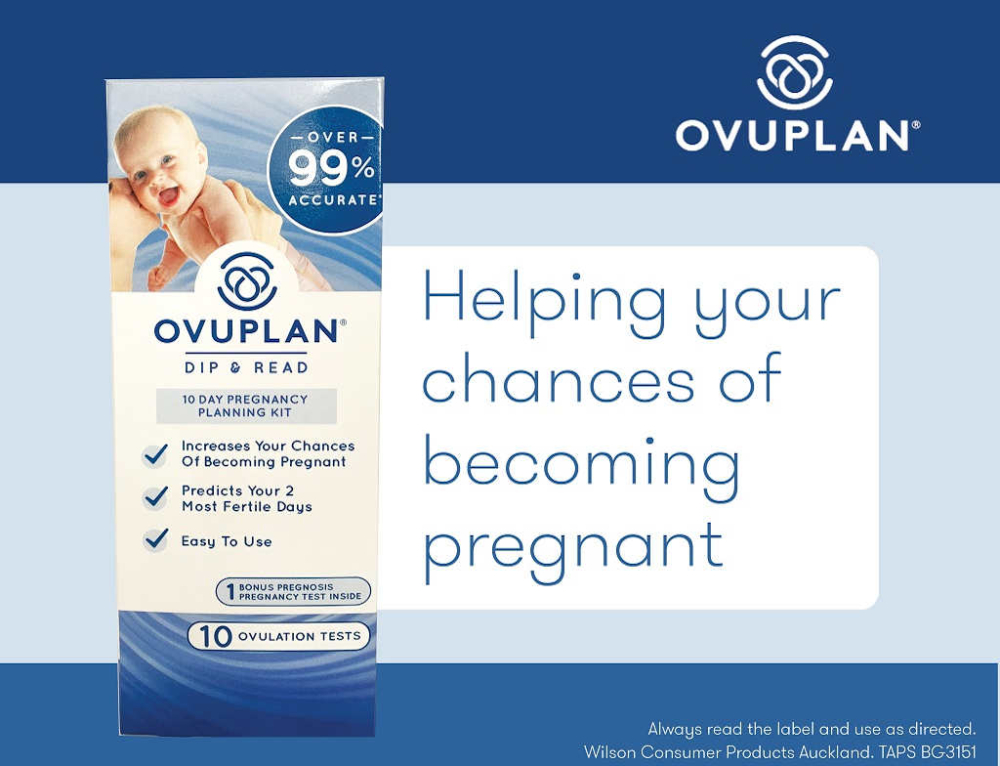If you’re currently working during your pregnancy, it’s important to think about what you’re going to do when you have your baby. There’s lots of factors that influence the decision of when, or if, you return to work, but understanding your entitlements is the place to begin.
If you are an employee, having a baby means that you have certain entitlements related to leave. Your employer may also offer additional benefits to the parental leave which is paid by the government.
Parental leave
In New Zealand, men and women are able to take time off work, without having to resign, to care for their child during the first year of baby’s life. There are different kinds of parental leave you can take depending on your situation and leave entitlement can be shared too.
Eligibility for parental leave is quite complicated and changes happen regularly. Click here to find out the current requirements and to see examples. Eligibility covers an array of scenarios, from those that are part-time employees with a minimum of 10 hours per week and six months of employment, to self-employed individuals, and full-time workers. There are different entitlements available to employees depending on whether they meet six-month or twelve-month employment factors.
Unpaid and paid parental leave entitlements
Parental leave includes the following types of leave (some of which can be shared with your spouse/partner if they are also eligible).
- Primary carer leave of 26 continuous weeks may start up to six weeks before the expected date of birth or adoption (or earlier if necessary).
- Unpaid special leave (eg for antenatal appointments) of up to 10 days can be taken for pregnancy-related reasons.
- Extended leave of up to 52 weeks is available and can be shared by both eligible parents (less the paid primary carer leave)
- Partner’s unpaid leave of either one or two weeks (depending on eligible service) is available and can be extended in certain circumstances. If you’re a spouse or partner and you meet the six-month time criteria you may take one week’s unpaid partner’s leave, and if you meet the twelve-month time criteria you may take two weeks’ unpaid partner’s leave.
For full details, visit the Parental leave information site.
Applying for leave
Apply in writing, at least three months prior to the due date (this varies for adoption) stating what type of leave you want, the start date and the duration. If you are sharing the leave with your spouse/partner you need to state the dates they are planning leave, their name and the name and address of their employer. You also need to state that you are both eligible for the leave and that you will not be taking more than 52 weeks.
Include a certificate (or copy) of the baby’s due date from the doctor or midwife. Your spouse/partner will need a written declaration from you stating that they are your spouse/partner and they will share the care of the child.
For full details, visit the Parental leave information site.
Best Start
After paid parental leave, Best Start is another helping hand for families that gives parents weekly payments of $60 for the first year of their baby’s life. The payment is available to eligible parents who have a baby born on or after 1 July 2018. If you have more than one baby, you can apply to get Best Start for each of them.
Families receive the payment until their child is one year old, regardless of their household income. Households with an income of less than $79,000 will continue to receive $60 per week until the child turns three. Those earning above $79,000 will continue to receive payments but at a reduced amount, up to the cut-off of $93,858 (for one child).
For more information, visit the IRD Best Start information page.







Leave A Comment
You must be logged in to post a comment.